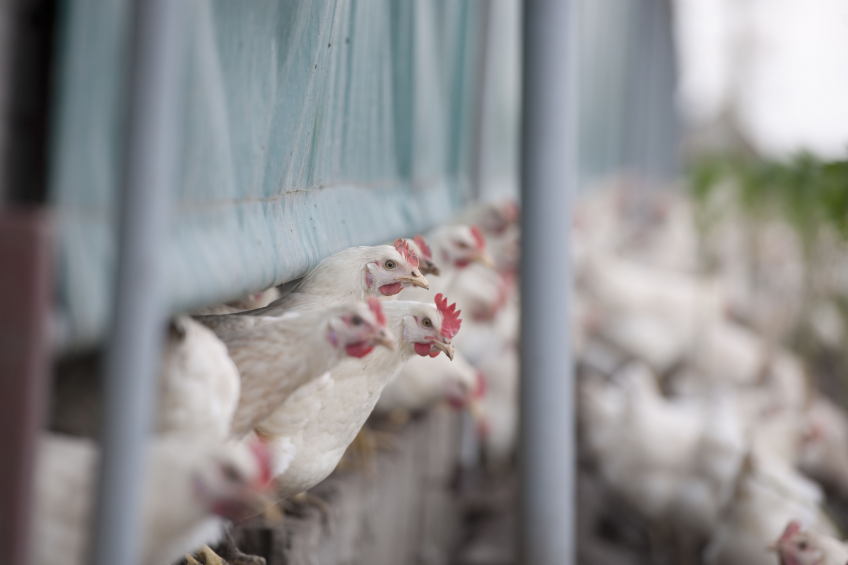Novel AI virus discovered in China

Chinese researchers who analysed influenza viruses from poultry in live-bird markets say they have discovered a novel H5N9 virus that represents a hybrid of the highly pathogenic H5N1 avian flu virus and a human H7N9 virus, along with other elements.
The Center for Infectious Disease Research and Policy (CIDRAP) of the University of Minnesota reports that Chinese researchers who analysed influenza viruses from poultry in live-bird markets say they have discovered a novel H5N9 virus that represents a hybrid of the highly pathogenic H5N1 avian flu virus and a human H7N9 virus, along with other elements.
The authors took samples in 2013 from seven chickens, a quail, and a duck at two live-bird markets in Hangzhou, a city in Zhejiang province, where human H7N9 cases had occurred, according to their Jun 17 report in the Journal of Virology. The report does not indicate that any of the birds were sick.
13 viruses
The team isolated 13 viruses from the samples: 1 H5N1, 2 H5N9, 4 H9N2, and 6 H7N9. By sequencing the whole genomes of the two H5N9 isolates, the researchers determined that their hemagglutinin (H) protein matched that of a 2012 H5N1 isolate from Vietnam, while their neuraminidase (N) component derived from a human H7N9 isolate from Hangzhou. They also noted that the structure of the H cleavage site is characteristic of highly pathogenic viruses. The six internal genes resembled those of H5N1, H7N9, and H9N2 viruses.
The pathogenicity of the novel virus in mammals was tested by exposing mice to various doses. Some mice exposed to the highest doses died, but mice that received lower doses didn’t get sick, and the authors concluded that the virus causes low mortality in mice. They also found that the virus didn’t spread from infected mice to others placed with them. The team determined that the novel H5N9 virus prefers avian-type cell receptors, known as alpha2,3 sialic acid, rather than the human-type receptor, called alpha2,6. They said this may explain why the virus caused low mortality in mice.
Live bird markets potential transmission risk to public health and poultry industry
The report says a highly pathogenic H5N9 virus was found in turkeys in Ontario in 1966, and low-pathogenic H5N9 strains have been found in mallards, northern pintails, and occasionally chickens in the past few decades. But the novel virus is “totally different” from those, the authors concluded. “This newly isolated H5N9 virus is a highly pathogenic reassortant virus originating from H5N1, H7N9, and H9N2 subtypes,” they wrote. “Live bird markets represent a potential transmission risk to public health and the poultry industry.”













